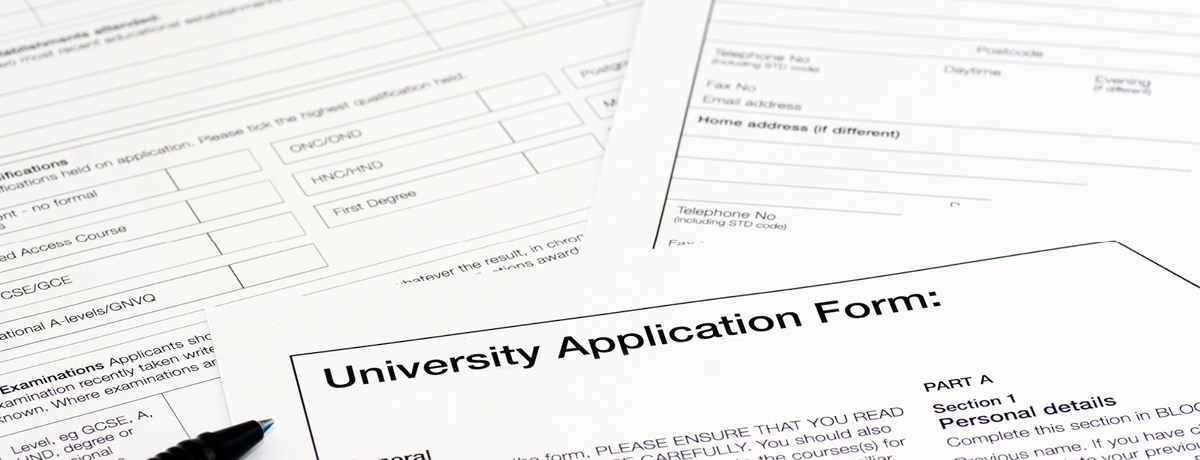Law school applications have surged to a historic 14-year high, fueled by a strong legal job market, rising political activism and lower costs, new data shows.
The number of applicants has risen more than 18% over the same period last year, according to figures from the Law School Admission Council.
As of Sept. 8, nearly 77,000 students had applied for slots at the nation’s American Bar Association-accredited law schools. Applications are up by double digits in every region of the country, with more than 20% increases at schools in the Pacific Northwest, New England, the Northeast and Midsouth.
And in spite of political and court battles over university diversity initiatives, the applicants are more ethnically and racially varied as well. The number of Black applicants rose 23%, with similar increases among American Indian or Alaskan Native (up 21%), Asian (19%), Hispanic/Latino (18.6%) and Middle Eastern/North African students (18.6%). Canadian Aboriginal/Indigenous applicants saw the sharpest increase (35.8%), although the number represents fewer than 100 people.
Politics at Play?
The jump in applicants marks a sharp turnaround for law schools. During the first decade of the 21st century, an average of 92,500 students applied to law schools each year. Those numbers crashed in the 2010s, sliding by more than 30% on average. Except for a brief spike at the height of the Covid pandemic, law schools from 2011 to 2024 averaged 64,200 applicants annually, according to the historical data from the LSAC.
With multiple factors driving the increase, some law school officials point to the political environment, which is attracting students looking to oppose or defend Donald Trump’s agenda.
Erwin Chemerinsky, dean of the University of California Berkeley School of Law, speaking to Reuters, said that he is “hearing much more from people who want to protect the environment. They want to protect civil liberties. They want to protect immigrants' rights. Students who want to fight back are saying, ‘Law school is the way to do it.’ ”
The admissions dean at Georgetown University Law Center, Andy Cornblatt, told Reuters that the school’s 24% increase in applicants has been driven by students who see the law as the place to battle for or against the administration. “My parents and maybe me, we saw the playing field as boardrooms,” Cornblatt said. “Now it’s courtrooms.”
Record Placement Rates
While politics may be playing a role, the vibrant job market for law school graduates is also driving applications. For the class of 2024, employment rates within a year of graduation were the highest ever recorded, according to data from the American Bar Association and the National Association for Law Placement (NALP).
The ABA reported in March that 82.2% of the 2024 graduates seeking jobs that required bar admission had found a job. Another 6.7% were working in roles where a law degree provided an advantage. The unemployment rate among new graduates was 4.7%— down from 5% in 2023.
Similarly, NALP’s numbers, released in July, showed that the employment rate for the class of 2024 was 93.4%, a 0.8% increase over 2023. That’s the highest employment level for new graduates since the organization began tracking the data in 1982. Overall, NALP reported an unemployment rate of 5.1%. While slightly higher than the ABA’s number, the rate was “a new all-time low,” according to a NALP news release.
Most of the class of 2024 enrolled in law school during the fall of 2021, in the wake of the Covid-19 pandemic. NALP Executive Director Nikia Gray said in a press release that “many in the industry, including NALP, issued warnings about how its larger size would affect the entry-level employment market” for graduates. In the end, however, the market expanded by more than 3,700 jobs compared to 2023, NALP said.
NALP also reported that graduates appear satisfied with the jobs they have taken. Just 6.8% of 2024 graduates, NALP said, “were seeking a different job than the one they are employed in.”
What Grads Are Earning
According to NALP’s numbers, 58.9% of employed graduates took jobs in private practice—a 0.7% increase over last year and the highest percentage since 1992.
Those jobs are paying recent grads higher salaries, as well. The national median salary for the class of 2024 grew to a record high of $95,000, NALP said. That’s a 5.6% increase over the class of 2023, which saw a median salary of $90,000.
Salaries, NALP said, increased across all employment sectors—except, oddly, in private practice. Private practice jobs for new graduates are paying a median salary of $160,000, a 3% decline over the previous year. NALP, however, said few firms have decreased their starting salaries and attributed the decrease to shifts in the way numbers have been reported to the organization.
By firm size, median salaries ranged from $80,000 in firms of 1-10 lawyers to $225,000 at firm with 500 lawyers or more, NALP said.
Midsize firms have been hiring more rapidly than their Big Law and small firm counterparts, the NALP numbers indicate. Firms with more than 500 lawyers accounted for 34.2% of all law firm jobs, a slight 0.1% decrease from the previous year. At the same time, the number of new graduates working in private practice at firms with 1-10 lawyers fell to its lowest level in 35 years, “resulting in a greater concentration of law firm jobs in firms of 11-250 lawyers,” NALP said.
The number of graduates taking public service jobs—including military and other government jobs, judicial clerkships and public interest positions—also stood at a 50-year high, NALP said. About one-third of graduates took public sector positions.
Landing Law Firm Jobs
For those seeking law firm roles, it helps to attend a law school adept at getting its graduates into private practice.
In August, seven law schools—Cornell Law School, USC Gould School of Law, Columbia Law School, Northwestern University Pritzker School of Law, Southern Methodist University Dedman School of Law, Duke University Law School and the University of Houston—scored highest in helping students land a law firm job in a survey of 42 law schools by National Jurist. The publication based its findings on the three-year average for law firm employment, modified for quality; the salary average, using data from the National Association for Law Placement; and the percentage of alumni recognized in a peer-reviewed ranking.
Northwestern took No. 1 in a similar ranking Law.com released in April, listing the top 50 law schools by percentage of 2024 graduates who took associate jobs at the nation’s 500 largest law firms. The Evanston, Ill., university's law school sent nearly 72% of its graduates to large law firms.
The University of Pennsylvania Carey Law School, University of Virginia School of Law, USC and the University of Chicago rounded out the top five, with each sending nearly 60% or more of its graduates to Big Law.
“Among the top 50,” Law.com said, “14 law schools sent more than half of their 2024 graduating classes to associate positions in the NLJ 500.”
A Cautionary Note
The boost in applications may also have been helped by a cooldown in law firm tuition increases. A recent analysis by Paul Campos, a law professor whose 2012 book “Don’t Go to Law School (Unless)” posited that going to law school had become “a very expensive and increasingly risky gamble,” found slower tuition growth at elite institutions like Harvard and a marked decrease at many ABA-accredited law schools.
Campos, in an August blog post, reported a 24% decline in per capita real law school tuition during the last 13 years and “that number is inflated for practical purposes by the fact that the top dozen or so elite schools have still managed to raise their prices by about 5% over that time frame.” Even elite schools, Campos said, “have been hit by the cold hard reality of a bubble that, if it hasn’t burst for them, is nevertheless no longer inflating.”
While the number of applicants has increased, Above the Law, which reported on Campos’s findings, sounded a cautionary note. Factors like artificial intelligence may soon make it more difficult for new lawyers to find entry-level positions at private law firms. While AI won’t replace lawyers, it will mean that “many more law school grads come out into a world without those high-paying jobs that long justified the law school bubble,” the website said.
That, in turn, could quickly put an end to the soaring number of applications. Campos noted that the net J.D. tuition at ABA law schools has fallen by more than 40% since 2010. “The result of all this is that, after seeing one ABA school close in the previous 60 years…a dozen have disappeared over the last decade and several more seem likely to follow.”
--
David L. Brown is a legal affairs writer and consultant, who has served as head of editorial at ALM Media, editor-in-chief of The National Law Journal and Legal Times, and executive editor of The American Lawyer. He consults on thought leadership strategy and creates in-depth content for legal industry clients and works closely with Best Law Firms® as senior content consultant.














